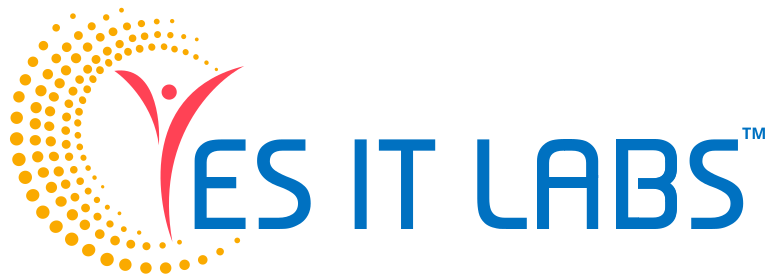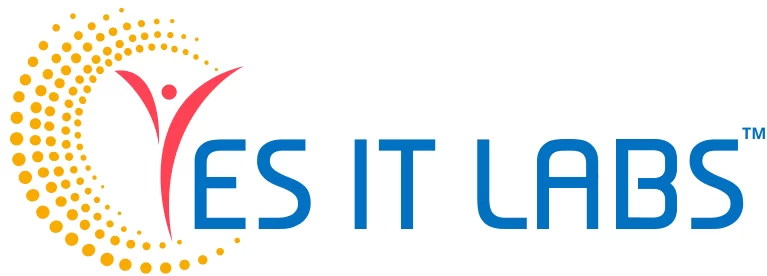Hey there, fellow web enthusiasts! Today, we’re diving headfirst into the dynamic world of Ruby on Rails. Whether you’re a seasoned developer or just dipping your toes into the vast ocean of web development, Ruby on Rails (RoR) has likely caught your attention. It’s renowned for its simplicity, elegance, and the rapid development it offers. So, buckle up as we embark on a journey to uncover some invaluable tips, tricks, and best practices to make the most out of this robust framework.
What Makes Ruby on Rails Tick?
Before we jump into the nitty-gritty, let’s quickly recap what makes RoR so special. At its core, Ruby on Rails is an open-source web application framework that follows the principles of convention over configuration and don’t repeat yourself (DRY). These principles, combined with Ruby’s clean syntax, allow developers to write code that’s concise, readable, and maintainable. With RoR, you can build powerful web applications in record time, thanks to its built-in features like scaffolding, ActiveRecord, and RESTful routing.
Now, let’s get down to business!

Tip for Ruby on Rails
Tip #1: Embrace Convention Over Configuration
One of the key principles of Ruby on Rails is convention over configuration. This means that RoR makes assumptions about how things should be done, allowing developers to focus on writing code rather than configuring endless settings. Embracing these conventions can significantly speed up development and make your codebase more consistent and easier to understand.
Tip #2: Leverage Gems Wisely
One of the greatest strengths of Ruby on Rails is its vibrant ecosystem of gems—packaged libraries that extend the framework’s functionality. While gems can be incredibly powerful, it’s essential to use them judiciously. Before reaching for a gem to solve a problem, ask yourself if it’s truly necessary. Adding unnecessary dependencies can bloat your application and introduce potential security vulnerabilities.
Tip #3: Stay Up-to-Date with Rails Releases
The Ruby on Rails community is constantly evolving, with new releases and updates being rolled out regularly. Staying up-to-date with the latest versions of Rails can ensure that you’re taking advantage of new features, performance improvements, and security patches. Keep an eye on the official Rails blog and follow influential developers on platforms like Twitter to stay informed about the latest developments.

Trick for Ruby on Rails
Trick #1: Master the Art of ActiveRecord
ActiveRecord is RoR’s built-in ORM (Object-Relational Mapping) framework, and mastering it is crucial for building efficient database-driven applications. Take the time to familiarize yourself with ActiveRecord associations, validations, and query methods. Leveraging ActiveRecord effectively can streamline your database interactions and prevent common pitfalls like SQL injection attacks.
Trick #2: Optimize Your Development Environment
A snappy development environment is essential for maintaining productivity and staying in the flow. Take advantage of tools like Pry for debugging, Guard for automated testing, and Bye bug for stepping through code. Additionally, consider using Docker for containerization to ensure consistency across different environments and streamline your deployment process.
Trick #3: Optimize for Performance
As your Ruby on Rails application grows, performance optimization becomes increasingly important. Take the time to profile your code using tools like Rack MiniProfiler and Bullet to identify potential bottlenecks. Consider implementing caching strategies, optimizing database queries, and leveraging background processing for resource-intensive tasks. By optimizing for performance early on, you can ensure that your application remains snappy and responsive as it scales.

Best Practice for Ruby on Rails
Best Practice #1: Keep Your Controllers Skinny
In RoR, controllers act as intermediaries between the user interface and the database. To keep your codebase clean and maintainable, it’s essential to follow the principle of “skinny controllers, fat models.” This means keeping your controllers lightweight by moving business logic and database interactions into your model layer. By doing so, you’ll end up with more modular and testable code that’s easier to maintain and extend.
Best Practice #2: Write Meaningful Tests
Writing tests may not be the most glamorous part of development, but it’s crucial for ensuring the stability and reliability of your application. Ruby on Rails comes with built-in support for testing through frameworks like RSpec and MiniTest. Make it a habit to write comprehensive tests for your code, covering both unit tests for individual components and integration tests for the application as a whole.
Best Practice #3: Cultivate a Growth Mindset
Last but not least, cultivate a growth mindset as you continue your journey with Ruby on Rails. Web development is a constantly evolving field, and there’s always something new to learn. Whether it’s diving deeper into advanced Ruby techniques, exploring emerging frontend frameworks, or delving into DevOps practices, approach each challenge with curiosity and a willingness to learn.
Conclusion
And there you have it—our whirlwind tour of Ruby on Rails, packed with tips, tricks, and best practices to help you unleash the full potential of this powerful framework. From embracing conventions to mastering ActiveRecord and optimizing for performance, there’s no shortage of ways to level up your RoR game. So, roll up your sleeves, fire up your text editor, and dive into the wonderful world of Ruby on Rails!
Remember, the journey of a thousand lines of code begins with a single rails new command. Happy coding!
Looking to hire Ruby on Rails developers for your next project? Look no further! Our team of experienced RoR developers is ready to tackle any challenge. Contact us to learn more!






